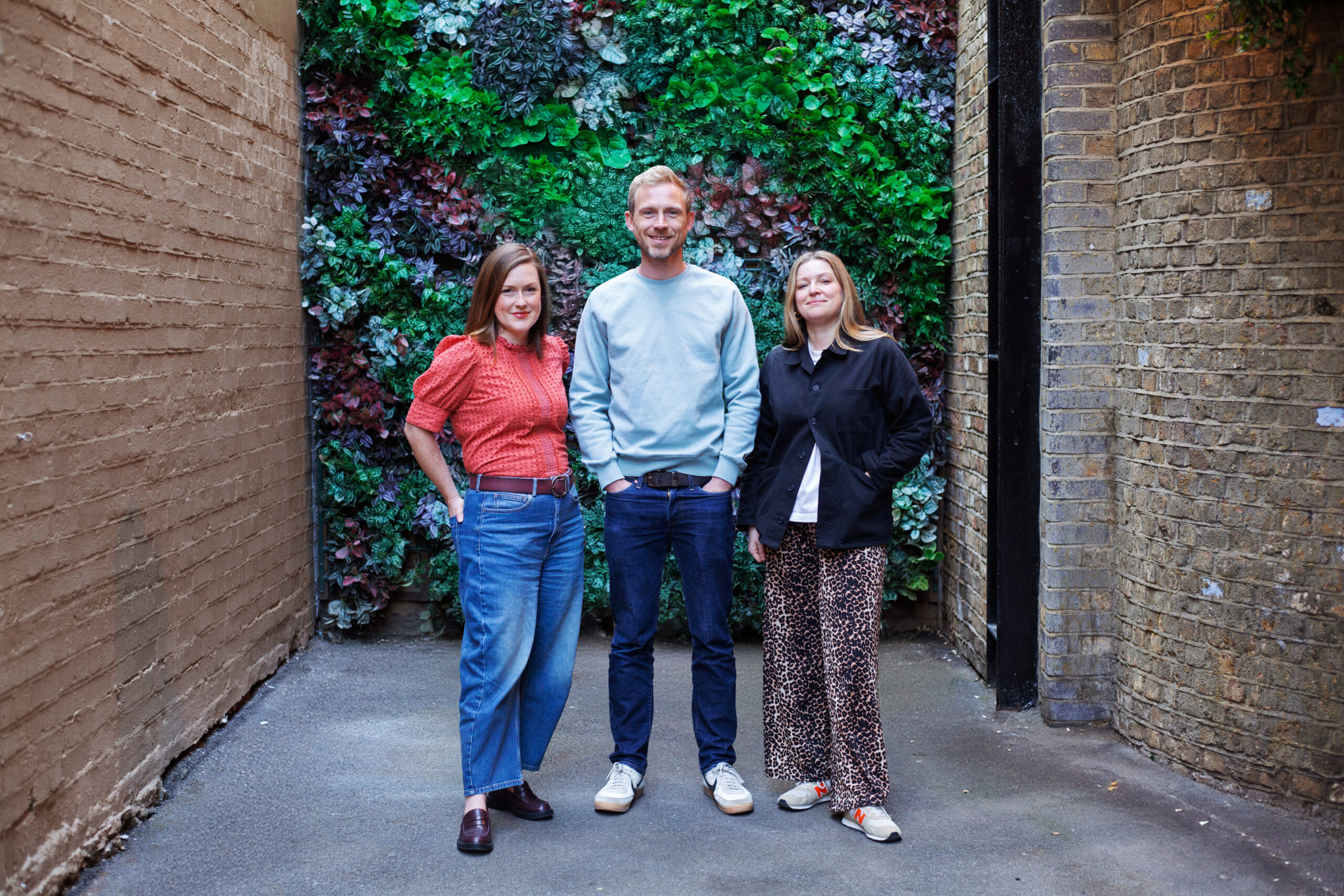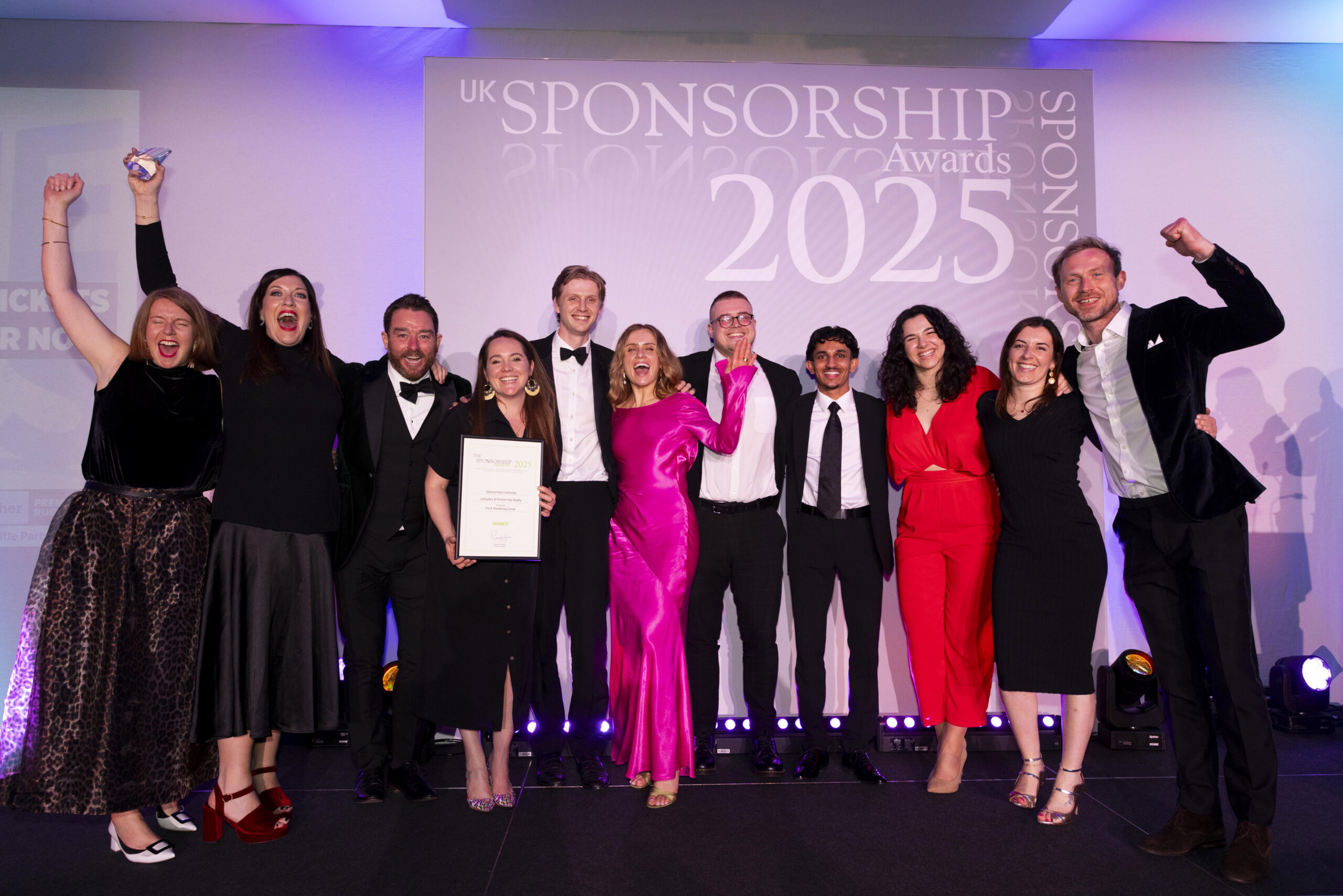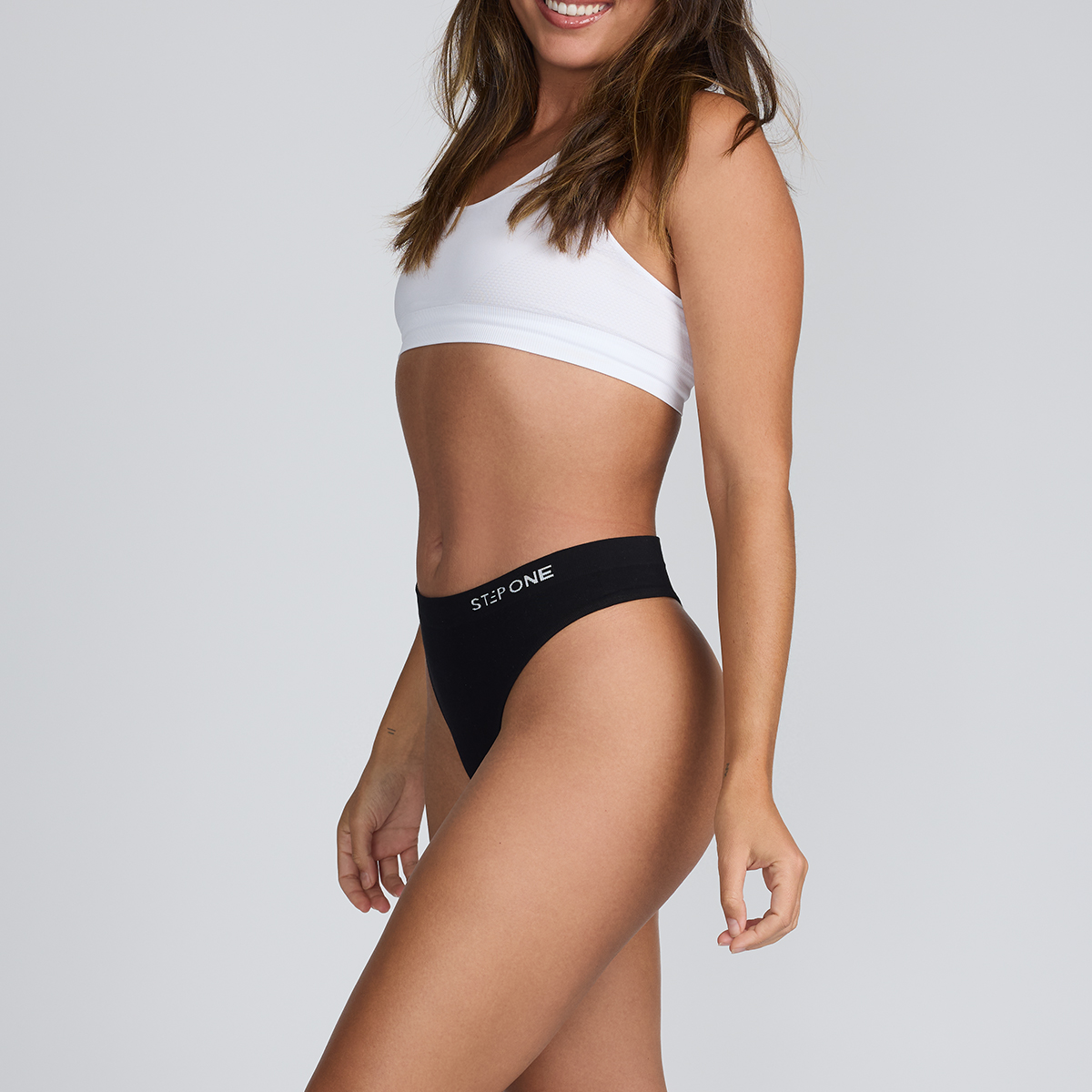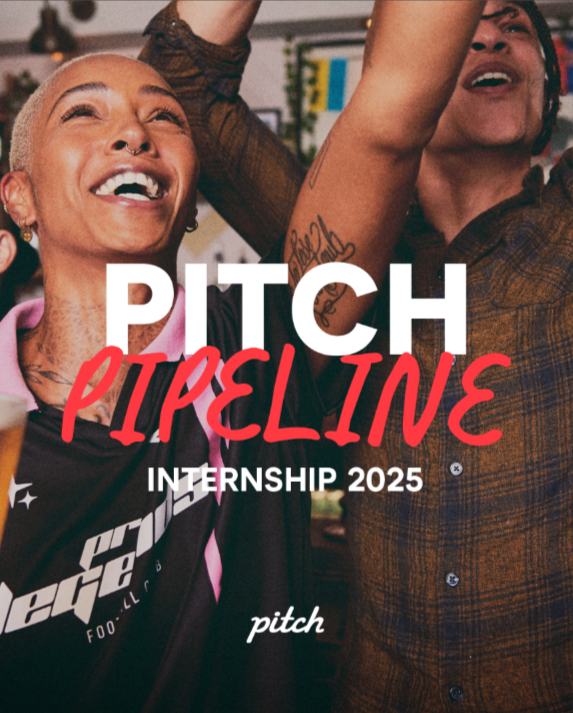‘Influencer marketing’ fascinates me on two levels. Firstly I admire the ability of social influencers to build armies of followers and successful businesses using social media alone (despite posting sunsets and my Sunday dinner on Instagram I simply can’t seem to get my followers beyond 200…).
Secondly I am fascinated by the mystery that seems to shroud influencer marketing within the industry. The ability it has to make experienced marketing directors break out in a cold sweat. Not to mention the sudden growth in specialist ‘influencer marketing’ agencies. Before we go any further, I wanted to reassure you that this blog tries to address why influencer marketing shouldn’t be a source of mystery, rather than my own personal struggle with taking the perfect picture. That’s for another time.
In reality, ‘influencer marketing’ is nothing new. Brands (and agencies) have been using influential people to market their products through paid, owned and earned channels since the beginning of time. But now, because said influencer lives in the social world, all our knowledge and experience goes out the window? It just doesn’t make sense. The basic rules applied to ‘influencer marketing’ 20 years ago remain today. Of course there are some nuances as different social channels emerge, but the basic principles are at the heart of the most successful pieces of influencer marketing as demonstrated by the kings of this space, Adidas.
I’ll start by looking at influencer marketing in the owned space and how 20 years ago compares to today. The ‘redefining influencer marketing’ Adidas is currently delivering with its Tango Squads is very similar to the Tupperware Parties your mum/wife was part of in the 80’s and 90’s. Both use brand advocates to build affinity with their audience through the provision of relevant product and distinctive content. The difference? Their chosen communication channel and the type of content: Adidas is using ‘dark social’ to speak to “communities of hyper-connected football obsessives” through the provision of distinctive digital content and relevant products, whereas Tupperware had to use ‘Jan’s house’ to speak to “communities of hyper-connected kitchenware obsessed mums” (not their words but you get the point) through the provision of content in the form of print booklets, maybe an overhead projector and the latest range of Tupperware.
ASICS Europe (one of Pitch Marketing Group’s longest standing clients) has been engaging health and fitness influencers as part of its earned media outreach for the past 4 years, be it seeding them footwear and apparel or inviting them to product launches. Ultimately, just like traditional journalists, today’s influencers need unique content (stories) and relevant product (top tip: don’t send tennis shoes to a running influencer or black running tights to a fitness influencer who only ever wears neon tights) for their audience. It just needs to be delivered in a different way. Influencers need to capture your story visually through their own eyes, whether it’s a pair of Nike Air Max delivered in a real Nike Air inflated bubble or taking a select few influencers up in a helicopter to snap their Air Max (geddit) over London for ‘Air Max Day’.
ASICS took things a step further with its recent global launch of ASICS’ Urban Pack in LA – where 60 bloggers and influencers were taken on a 5k run where they became immersed in a theatrical experience as Hollywood detectives – delivering great brand awareness and engagement with a group of influencers who will forever be friends of the brand.
In the past 18 months, such has been the power of social influencers that they have now entered the paid world, being signed by brands on ambassadorial deals as sports stars and actors would have been in the past. Yet the way a brand like Adidas activates using social influencers in the paid sphere remains the same as its activations with sports stars. The most high profile example of Adidas working in the paid sphere with social influencers is its relationship with the F2 Freestylers and their 7 million followers. Late last year the F2 boys met fellow Adidas ambassadors Messi and Suarez to create a piece of content which was promoted across both the F2 and Adidas’ social channels. They are even involved in the development and launch of the latest products, all in aid of reaching today’s 16-24 year olds.
This is near identical to how Adidas activated David Beckham as a brand ambassador 20 years ago. He was signed to appeal to the next generation of footballers and encourage them to buy the latest Adidas football boots (the focus being the legendary predators, of course). Beckham helped to ‘develop’ the boots and starred in TV campaigns like the iconic ‘Kick it’ advert with Jonny Wilkinson (cross pollination with another Adidas ambassador in a campaign that bears a striking resemblance to the content they created with F2, Messi and Suarez).
These examples show that while the channels may have changed, at the heart of great social influencer marketing today is much the same as the great influencer marketing of yesteryear: distinctive, authentic content, coupled with relevant products.
Of course there are new challenges that come with social influencer marketing. One such question is how to best measure return on investment; an issue that is worthy of its own blog post and a problem the PR industry continues to face in regard to traditional media. The equivalent in influencer marketing to the now much maligned PR tool of AVE is ‘reach’ i.e. it provides big numbers. However engagement is the key metric to consider when it comes to influencer marketing. Conversely engagement and reach do not correlate, in fact engagement rates of posts by social media influencers tend to decrease the more followers they have due to the fact that the content usually becomes more broad and thus less relevant to all followers (basically you might be speaking to 1 million people but only 100 are listening). Ultimately, working with a range of smaller influencers as opposed to a few large ones will deliver drastically higher levels of engagement i.e. more people in their community will share it, comment on it and act on it resulting in an increased likelihood of a commercial transaction.
Another question surrounds the blurring of lines between paid and earned; a factor that both brands and influencers ought to be wary of. The very reason these influencers have gained such devout followers (and thus such value with brands) is that they are seen as trustworthy and authentic sources of information. The proliferation of branded content threatens that, particularly with new guidelines meaning branded content must be clearly sign posted with #ad. Will consumers simply choose to gloss over content featuring #ad or will the power of social influencers continue to grow?
Only time will tell, but the power is in our hands as brands and agencies to ensure we keep being as distinctive and relevant in our content creation over the next twenty years as we have been over the past twenty.






